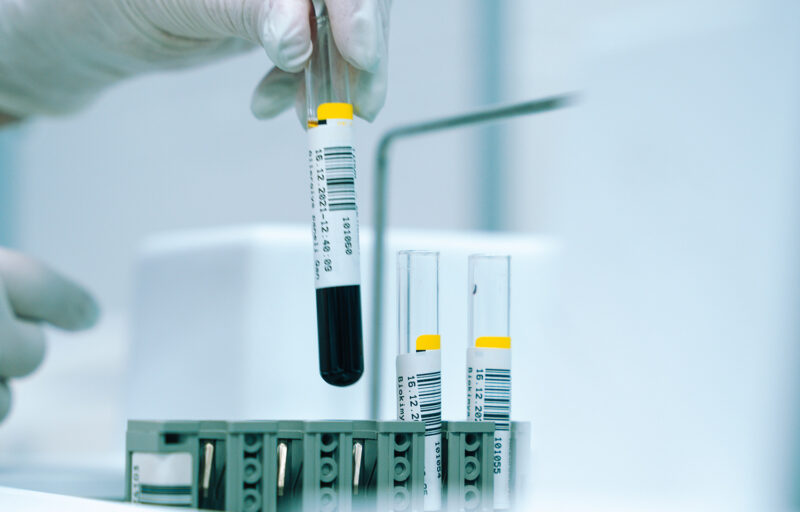blog:
Biotechs forced to shift strategy after market downturn

After peaking in 2021, venture funding for biotech startups slowed in 2022. Entrepreneurs are feeling the pressure for a number of reasons:
* Excitement and praise for biotech developments related to Covid vaccine development and distribution has diminished
* Governments are seeking to rein in the prices of prescription drugs to improve access and affordability
* Global uncertainty over the war in Ukraine persists
* High inflation and aggressive Federal Reserve interest rate hikes continue
* Major decline in public markets
The journey from molecule to market is complex, expensive and long; and its trajectory is impacted by social factors that include laws and regulations, public opinion, market forces, and public policies.
New drug development requires years of meticulous, risky, and expensive research that, for a new pharmaceutical compound, takes an average of 11.5 to 15 years of research, development, and clinical trials, at a cost of $1.7 to $3.2 billion¹.
Trying to achieve liftoff with a shorter runway
As venture capitalists (VCs) are the most prominent funders of new drug development by early-stage biotech companies, the downturn in investment is becoming increasingly problematic for those trying to achieve liftoff with very little runway.
This shift is forcing biotechs and start-ups to stretch their funding and provide more evidence to assert their viability. Early stage biotechs and start-ups are forced to do more with less and when conservative resources threaten their longer-term viability adopt a different strategy to remain in the game.
Stretching funding, delaying new rounds, and facing tougher questions from investors
With VCs now demanding more in terms of valuation, it can be quite difficult for early-stage companies without suitable market comparisons. All of this amidst fierce competition.
Many biotech firms do not yet have revenues, and cash flows prior to approval of a drug will be significantly negative². Therefore, ‘standard’ valuation multiples like enterprise value/Earnings Before Tax + Interest + Depreciation + Amortization (EV/EBITDA) or price earnings ratio (P/E) are less relevant³.
The inability to fund key phases of the discovery process decelerates innovation. The implications of this belt-tightening are manifold.
Cynicism is an antidote to innovation
The life sciences industry, while focused on innovating advances in healthcare for the greater good of humanity, endures a tremendous amount of public scrutiny. Venture financing is vital to making innovation happen in drug development, particularly in comparison to commercial-stage drug companies.
In most cases, the development of novel therapies in life sciences relies on curiosity and entrepreneurship. Narratives that fan the flame of cynicism have the potential to threaten this vital process.
While VCs are seeking to make considerable returns on their investments, they do view their investments toward innovation as benefiting society. But, early-stage biotech investing is a high-risk business, so in order for the system to work, these risks must be offset by high rewards.
The show must go on
Despite a volatile market, it is vital for biotechs to push through these challenges to make new discoveries and deliver treatments to patients in need. Market volatility is not a new phenomenon, and innovation and scientific progress continue independently of the unpredictable nature of market conditions.
One thing is clear, thriving as a biotech company requires nimble leadership capable of establishing a clear strategy, making bold decisions, and building a team with deep expertise and passion to innovate.
In our next installment, we’ll discuss collaboration’s role in the process of innovation >>>
1. The lower numbers are from a study by the U.K. Office of Health Economics: Jorge Mestre-Ferrandiz, Jon Sussex, and Adrian Towse, “The R&D Cost of a New Medicine, 2012,” https://www.ohe.org/publications/rd-cost-new-medicine. The higher numbers are from Kyle Myers and Mark V. Pauly, “Pharma Trends Are Not What They Seem,” in Philip A. Rea, Mark V. Pauly, and Lawton R. Burns, Managing Discovery in the Life Sciences: Harnessing Creativity to Drive Biomedical Innovation, (Cambridge, U.K.: Cambridge University Press, 2018). In addition, the Tufts Center for the Study of Drug Development estimates the cost to be $2.6 billion. Tufts Center for the Study of Drug Development, “Cost to Develop and Win Marketing Approval for a New Drug is $2.6 Billion,” news release, November 18, 2014, http://csdd.tufts.edu/news/complete_story/pr_tufts_csdd_2014_cost_study. These numbers are in 2018 dollars.
2. https://www.toptal.com/finance/valuation/biotech-valuation
3. https://corporatefinanceinstitute.com/resources/knowledge/valuation/ebitda-multiple/ & https://corporatefinanceinstitute.com/resources/knowledge/valuation/price-earnings-ratio/
Related news, insight and opinion




